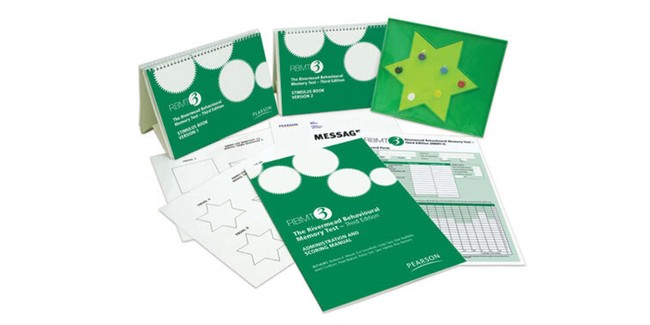The Rivermead Behavioural Memory Test - Third Edition (RBMT-3) can predict everyday memory problems in people with acquired, non-progressive brain injury and monitor change over time
Rivermead Behavioural Memory Test - Third Edition
RBMT-3
The Rivermead Behavioural Memory Test - Third Edition (RBMT-3) can predict everyday memory problems in people with acquired, non-progressive brain injury and monitor change over timeChoose from our formats
Kits
Starter & complete kits, print & digital
1 option
Test forms & reports
Booklets, record forms, answer sheets, report usages & subscriptions
1 option
Support materials
Manuals, stimulus books, replacement items & other materials
5 options
All products
All tests and materials offered for RBMT-3
7 options